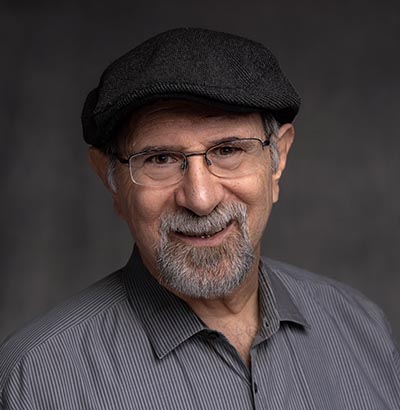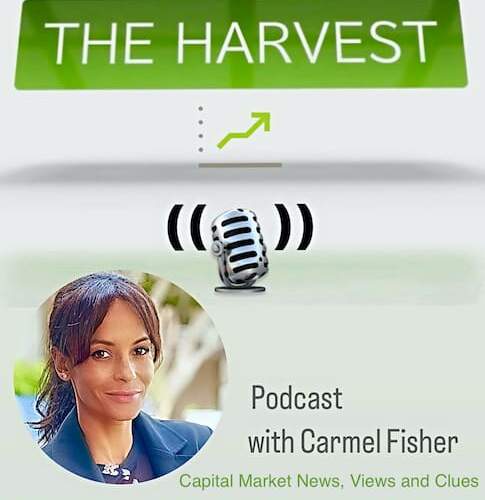The Pain in Sprains Lies Mainly in the Brain
Photo by Klara Kulikova on Unsplash
From time to time, I feel a sharp tingling sensation down my left leg that may well be my sciatic nerve. I used to react to the tingling with concern, but these days I just apply my 48 Hour Rule: If it still bothers me in 48 hours, I’ll do something about it. In nearly all cases, the pain has disappeared by then, and I forget about it.
In my 60s I was less cavalier about pain, to put it mildly. I suffered through repeated flare-ups of low back pain. At their worst, I walked slowly and carefully to avoid muscle spasms. I could only walk short distances without discomfort. Over four years, I made enough weekly physical Therapy appointments to qualify for frequent flyer miles. There I was treated to muscle manipulations, warm packs, acupuncture-style needles, and a few injections of anesthetic. My condition would improve, then relapse, then improve. The pain moved around quite a bit.
I might still be on the table, had not one of the physical therapists mentioned a book called Mind Over Back Pain. The author, an M.D. named John Sarno, claimed that the source of most back pain was not physical but psychological. His suggested treatment was to work through the emotions and Stress that caused the brain to send out pain signals. I read the book, and suddenly I had an entirely new perspective on my pain journey: My physical pains were tightly interwoven with my emotional state. Within a year, the pain was gone and it hasn’t returned.
By the way, in 85% of chronic back pain cases, doctors can find no physical cause.
False Alarms
Sarno’s book was published in 1982. Since then, medical science has concluded that he was right in general, if wrong in the specifics. With 40 more years of research into the workings of the brain, the more nuanced view is that all pain is real, but all pain originates in the brain. And sometimes, particularly when it comes to chronic pain, the brain sends out false alarms.
Here is how I understand it (and those with medical training, please chime in if I get something grievously wrong): When I stub my toe, the nerve endings in my toe send a signal to my brain along the lines of “Urgent – incident reported, possible damage. Please advise.” Part of my brain’s mission is to protect my body from harm, so if it determines the stubbed toe is a threat – and if there has been tissue damage, it probably will – then it sends an urgent alarm signal back down through the nervous system to my toe, which I experience as sharp pain.
“One of pain’s most important jobs is to grab your attention and get you to change your behavior,” says Rachel Zoffness, a pain psychologist at the medical school of the University of California at San Francisco, and co-author of The Pain Management Workbook. (You can hear her discuss the science of pain in an excellent podcast interview with journalist Ezra Klein.)
The Emotional Component
But scientists now believe the same neural circuitry that sends physical sensations to the brain is the same network that communicates thoughts and emotions. So when my brain reacts to a stubbed toe by sending me a pain signal, I might respond with an “ouch,” but I am equally likely to respond with a thought such as “I’d better stop to have a look,” or an emotion such as “Oh my God, I can’t walk!”
This helps explain the problem with chronic pain – defined by the medical community as pain that persists for more than three months. The brain’s instant alert system works brilliantly for acute pain. But when a painful condition continues, the instant alert system is prone to overreaction. Some scientists believe that the more frequently the brain processes pain, the greater its sensitivity to pain. As a result, with a long-term injury it remains on high alert all the time – regardless of whether the tissue damage that triggered the initial alert has improved or even healed.
Emotions also factor in. Your perspective on pain has a strong impact on how you experience it. “Negative emotions are like gasoline thrown on the fire of pain,” says Beth Darnall, a pain psychologist and associate professor at Stanford University. Surveys have shown, for example, that patients suffering from Depression are between three and four times more likely to develop chronic pain. Stress and Anxiety turn up the brain’s pain dial to a high setting.
What chronic pain sufferers need, first, is a way to reset the brain alarm from high alert to a more neutral setting. Medication is one way to do that. With chronic conditions, though, medicating runs the risk of dependency and addiction.
A New Treatment Approach
A new treatment method, called Pain Reprocessing Therapy (PRT), works on the emotional and psychological connections to pain in order to reprogram the brain. PRT teaches patients to perceive the pain signals sent from the brain as less threatening. Therapists also work on helping patients manage the emotions that may make pain feel worse.
In the first randomized clinical test of PRT, two-thirds of patients who underwent therapy reported being pain-free or nearly pain-free after four weeks. The reductions in pain mostly held up a year after the treatment.
No, you shouldn’t believe doctors and family members who say the pain is “all in your head.” It isn’t. But paying more attention to the emotions and stresses in your head may be the most promising avenue for relieving the pain.
Was your transition to retirement bumpy?
I want to interview people about their own Retirement experience for a book I’m researching. If you care to share your story, please email me at don@donakchin.com to set up a remote interview.
























